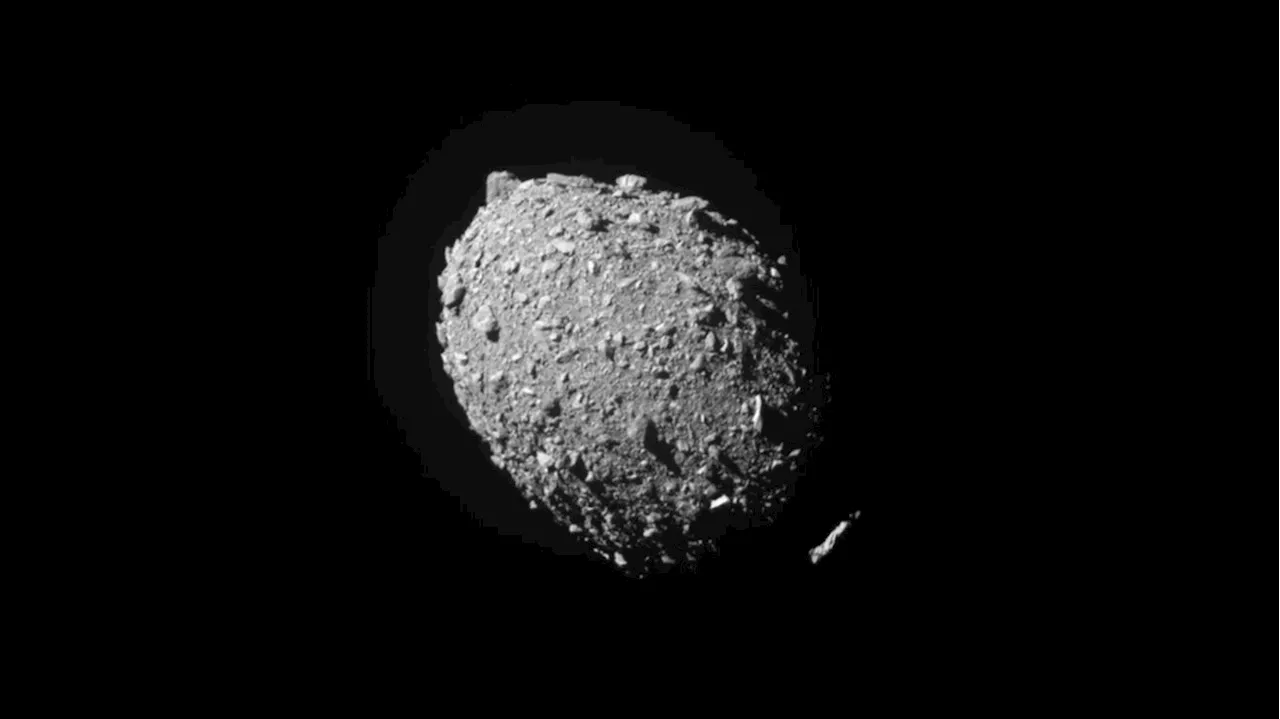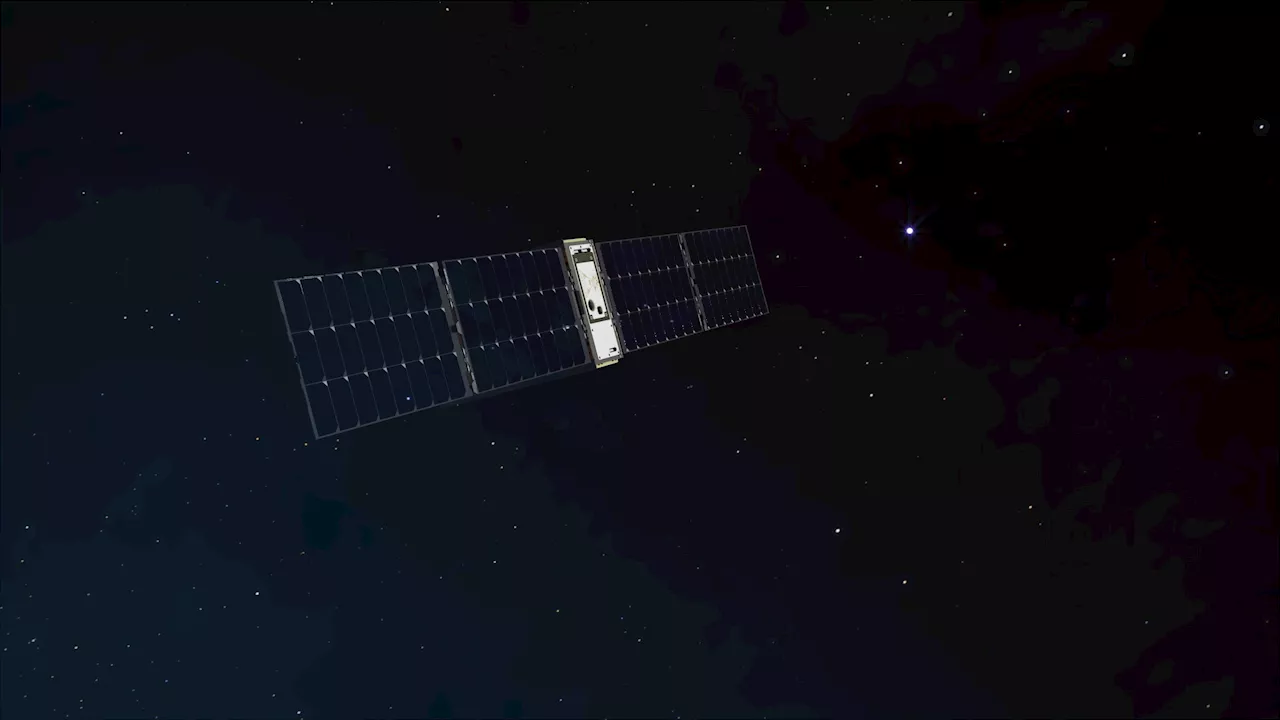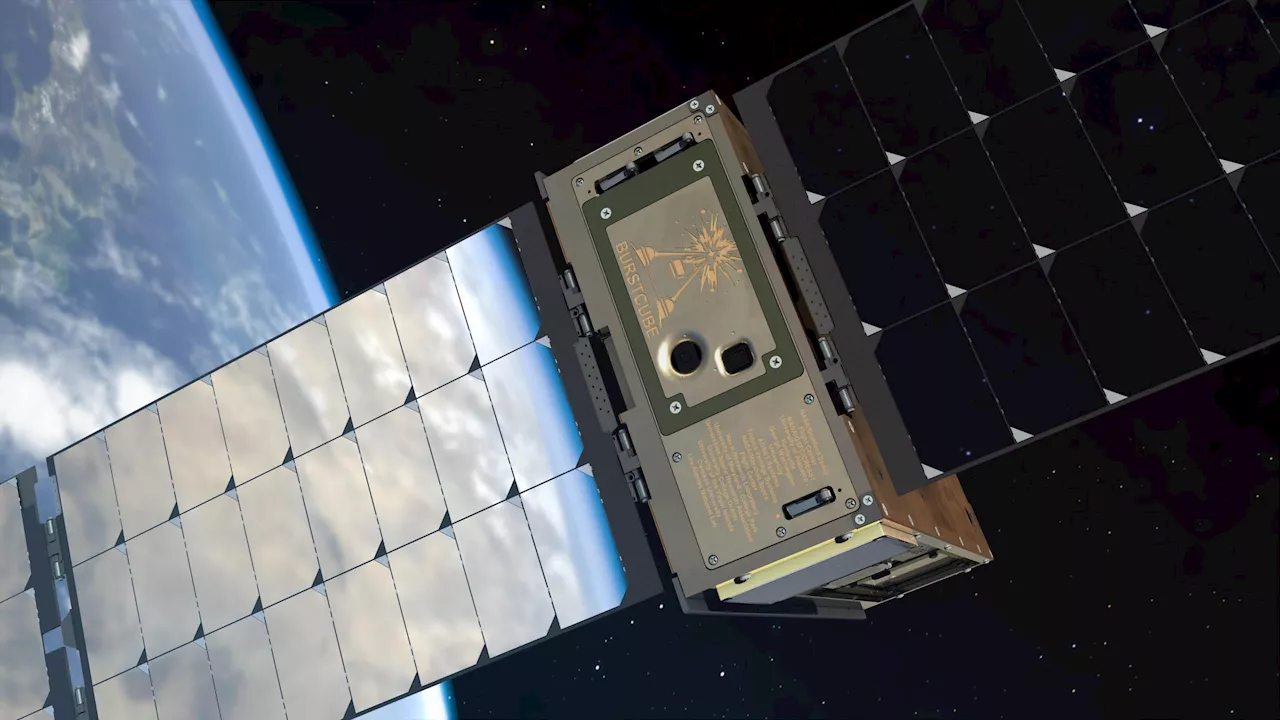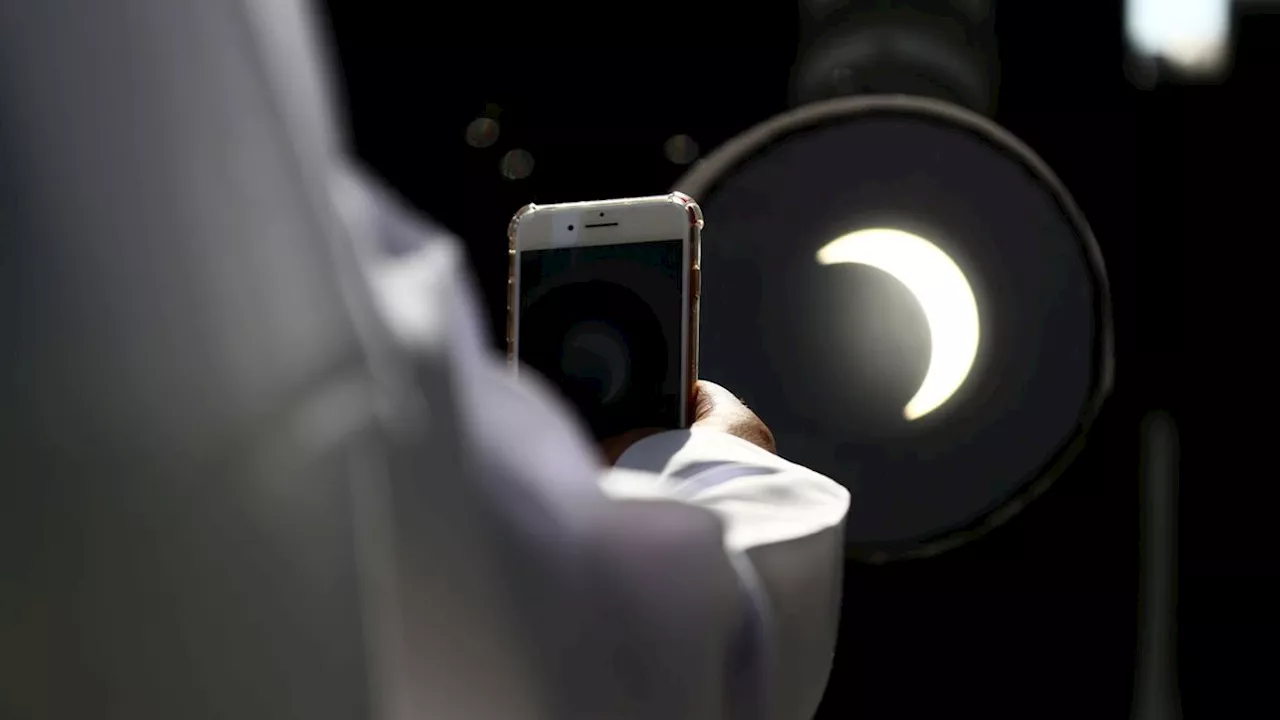The Best in Science News and Amazing Breakthroughs
It's an exciting time for the fields of astronomy, astrophysics, and cosmology. Thanks to cutting-edge observatories, instruments, and new techniques, scientists are getting closer to experimentally verifying theories that remain largely untested.
However, between the 1960s and 1990s, observations of the rotational curves of galaxies and the expansion of the Universe gave rise to new theories regarding the nature of gravity over larger cosmic scales. On the one hand, scientists postulated the existence of Dark Matter and Dark Energy to reconcile their observations with GR.
For their latest study, Turyshev and his colleagues investigated how a series of spacecraft flying in a tetrahedral formation could investigate the Sun's gravitational field."These deviations are hypothesized to manifest as nonzero elements in the gravity gradient tensor , fundamentally akin to a solution of the Poisson equation.
The mission, said Turyshev, would employ local measurement techniques that rely on a series of interferometers. This includes interferometric laser ranging, a technique demonstrated by the mission, a spacecraft pair that relies on laser range finding to track Earth's oceans, glaciers, rivers, and surface water.character of atoms to measure the difference in phase between atomic matter waves along different paths.
United States Latest News, United States Headlines
Similar News:You can also read news stories similar to this one that we have collected from other news sources.
 NASA Study: Asteroid’s Orbit, Shape Changed After DART ImpactAfter NASA’s historic Double Asteroid Redirection Test, a JPL-led study has shown that the shape of asteroid Dimorphos has changed and its orbit has shrunk.
NASA Study: Asteroid’s Orbit, Shape Changed After DART ImpactAfter NASA’s historic Double Asteroid Redirection Test, a JPL-led study has shown that the shape of asteroid Dimorphos has changed and its orbit has shrunk.
Read more »
 NASA study: Asteroid's orbit, shape changed after DART impactAfter NASA's historic Double Asteroid Redirection Test, a JPL-led study has shown that the shape of asteroid Dimorphos has changed and its orbit has shrunk.
NASA study: Asteroid's orbit, shape changed after DART impactAfter NASA's historic Double Asteroid Redirection Test, a JPL-led study has shown that the shape of asteroid Dimorphos has changed and its orbit has shrunk.
Read more »
 NASA's tiny BurstCube mission launches to study cosmic blastsNASA's BurstCube, a shoebox-sized satellite designed to study the universe's most powerful explosions, is on its way to the International Space Station.
NASA's tiny BurstCube mission launches to study cosmic blastsNASA's BurstCube, a shoebox-sized satellite designed to study the universe's most powerful explosions, is on its way to the International Space Station.
Read more »
 NASA’s Tiny BurstCube Satellite Launched To Study Powerful Cosmic ExplosionsScience, Space and Technology News 2024
NASA’s Tiny BurstCube Satellite Launched To Study Powerful Cosmic ExplosionsScience, Space and Technology News 2024
Read more »
 Three-year study of young stars with NASA's Hubble enters new chapterIn the largest and one of the most ambitious Hubble Space Telescope programs ever executed, a team of scientists and engineers collected information on almost 500 stars over a three-year period. This effort offers new insights into the stars' formation, evolution, and impact on their surroundings.
Three-year study of young stars with NASA's Hubble enters new chapterIn the largest and one of the most ambitious Hubble Space Telescope programs ever executed, a team of scientists and engineers collected information on almost 500 stars over a three-year period. This effort offers new insights into the stars' formation, evolution, and impact on their surroundings.
Read more »
 4 ways you can help NASA study the April 8 solar eclipseJamie Carter is a freelance journalist and regular Live Science contributor based in Cardiff, U.K. He is the author of A Stargazing Program For Beginners and lectures on astronomy and the natural world. Jamie regularly writes for Space.com, TechRadar.com, Forbes Science, BBC Wildlife magazine and Scientific American, and many others.
4 ways you can help NASA study the April 8 solar eclipseJamie Carter is a freelance journalist and regular Live Science contributor based in Cardiff, U.K. He is the author of A Stargazing Program For Beginners and lectures on astronomy and the natural world. Jamie regularly writes for Space.com, TechRadar.com, Forbes Science, BBC Wildlife magazine and Scientific American, and many others.
Read more »
